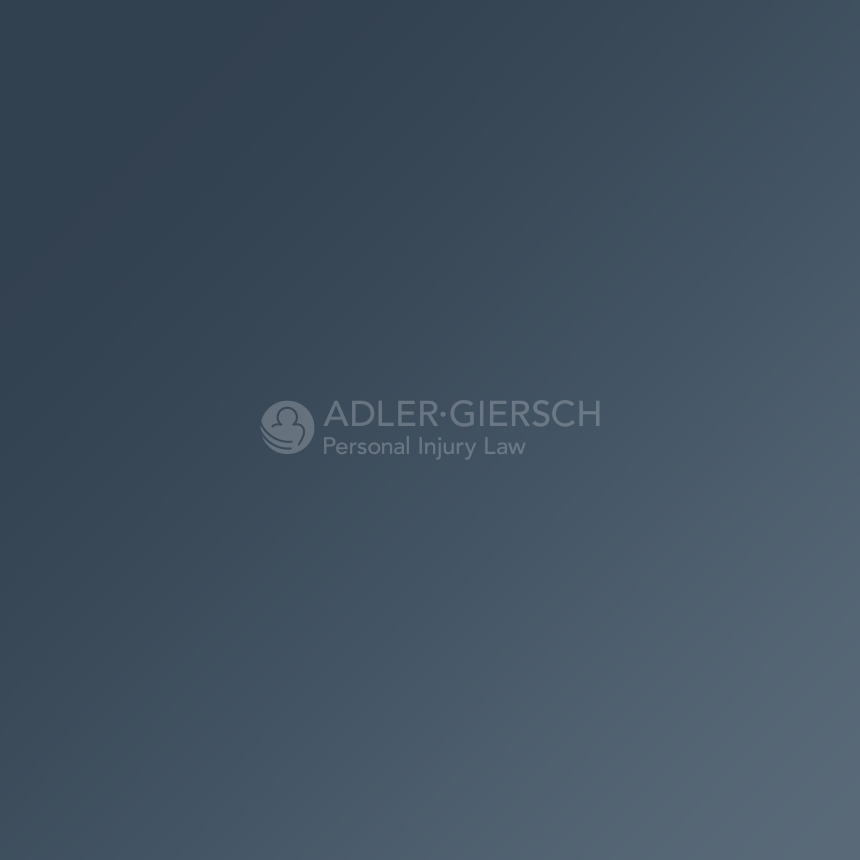It is well known that Whiplash Associated Disorders (WAD) caused by a motor vehicle collision, can produce a strain or sprain to neck muscles, ligaments and joints. It is also known that collision related forces can damage soft tissues and joint structures resulting in altered biomechanical conditions for active and normal neck motion. Recent studies have been able to visualize on MRI, specific anatomical changes to ligaments and membranes in the upper cervical spine in whiplash patients.1
Alar ligaments are important in rotation, flexion, and side bending in the upper cervical spine and as a result it is assumed that these ligaments are particularly vulnerable in a whiplash type injury. Few studies have examined how a ligament injury may affect the patient’s abilities to move his or her head and neck. However, a recent study in the Journal of Neurotrauma (2007) shed some light on this understudied area. In “Active Range of Motion as an Indicator for Ligament and Membrane Lesions in the Upper Cervical Spine after a Whiplash Trauma,” Kaale, et. al, hypothesized that when a MRI finding reveals a cranio-cervical ligament and membrane lesion, then “one would expected to find a hyper- rather than hypo-mobility of the neck among WAD patients.” However, their assumption was not supported by the research.
The study in the Journal of Neurotrauma looked at the alar and transverse ligaments and the tectorial and posterior atlanto-occipital membranes. The study included 87 patients with whiplash associated disorder type 2 (WAD2) and 29 persons in a control without the WAD2 diagnosis. The whiplash patients were recruited from a list of persons diagnosed with WAD type 2 for the Quebec classification (Spitser et. al. 1995)2 during the period 1992 to 1998. A medical doctor at seven local medical offices in the counties of Sogn and Fjordane, Norway, set the diagnosis. A total of 342 WAD patients had been recorded. One hundred of them were invited to participate, and 93 gave their informed consent. None of the WAD patients included in the study had any symptoms or signs indicating that the neck had caused neurological deficits, and none of them had radiological signs of neck injury as revealed by plain film x-rays.
Each ligament and membrane was classified in one of four possible pre-defined categories referred to as MRI grade 0-3. Grade 0 reflected a normal structure, whereas grade 1-3 revealed increased severity of a lesion, as judged by the area with increased signal intensity. The alar and transverse ligaments were classified as grade 1 when less than 1/3 of the cross section area showed an increased signal intensity; grade 2 when more than 1/3 but less than 2/3 showed an increased signal intensity; and grade 3 when more than 2/3 of the cross section showed an increased signal intensity. The posterior alanto-occipital membrane was evaluated indirectly by changes in the adjacent dural mater. An irregularity or thinning of the dura was classified as grade 1, discontinuity as grade 2, and discontinuity with a dural flap as grade 3. Grade 1-3 classification of the tectorial membrane was diagnosed when less than 1/3, between 1/3 and 2/3, and more than 2/3 of the membrane was absent, and only the dura mater was remaining. The authors concluded:
“The present study showed that WAD 2 patients on average had lower range of neck motion compared to controlled persons without any known neck injury. Among the WAD patients, we found that MR-verified lesions to the alar ligaments were associated with a reduction in flexion and rotation, whereas lesions to the posterior atlanto-occipital membrane showed the strongest association with rotation. The decreased in AROM with increasing severity of lesions to specific structures indicates a direct relationship, although other factors may influence AROM as well. However, since lesions to different structures seem to affect the same movements, additional MR examinations in clinical tests are needed for a more specific location of an injury.
“With MR findings indicating lesions of cranio-cervical ligaments and membranes, we had expected to find a hyper- rather than hypo- mobility of the neck among the WAD patients. However, pain from the soft tissue lesion or biomechanical dysfunction, and also stiffer muscles around the injured area as a consequence of pain or cautiousness/anxiety, may explain the present finding of general reduced active range of motion.”
Understanding the medical complexities of trauma is critical for a proper diagnosis and prognosis. Understanding the biomechanical properties of cervical trauma helps provide useful information not only to the doctor but also the patient, counsel, and the responsible insurers. For example:
A better diagnosis and understanding of the pain generator(s) is a precursor for effective treatment and rehabilitation; and leads to Patients having a better understanding of the cause of pain and what ADLs will improve or worsen their condition; this leads to Patient’s legal counsel better able to advocate for treatment needs and compensation that takes into account future treatment needs; this leads to The responsible insurer(s) establishing appropriate reserves so that a fair settlement and resolution of the claim can occur without protracted litigation. The attorneys at Adler Giersch PS are well versed in medical literature and understanding the multi-layered and interconnected structures involved in musculoskeletal trauma. As a result, we are able to advance our clients’ needs for healthcare, particularly when an insurer tries to prematurely limit the provider’s treatment and the patient’s access to care.
1 Krakenes, J., Kaale, B.R., Moen, G., Nordli, H., Gilhus, N.E., Rorvik, J. (2002). MR assessment of the alar ligament in the late stage of whiplash injury, – a study of structural abnormalities and observer agreement. Neuroradiology 44, 617-624; Krakenes, J., Kaale, B.R., Moen, G., Nordli, H., Gilhus, N.E., Rorvik, J. (2003) MR of the tectorial and posterior atlanto-occipital membranes in the late stage of whiplash injury. Neuroradiology 45, 585-591; Krakenes, J., Kaale, B.R., Nordli, H., Moen G., Rorvik J., Gilhus, N.E. (2003) MR analysis of the transverse ligament in the late stage of whiplash injury. Acta Radiology 44, 637-644.
2 Spine 1995 line 21S-72S.
